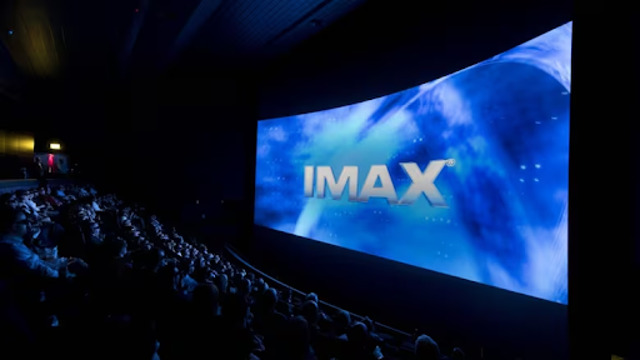
IMAX, a Canadian theatre company, is gradually transforming the cinema industry. Experts believe this shift will not only enhance the movie experience but also influence the types of films shown in their theatres.
In the pandemic's heavy toll on the film industry, with cinemas closing and box office numbers plummeting, a surprising glimmer of hope emerged: Imax. This Canadian-born technology has become a game-changer, drawing massive attention and changing the way movies are made and watched. While the pandemic seemed to signal the end of theatres, Imax's popularity surged, especially when concerns over audience return grew louder.
Imax’s rise is no accident. It’s been an ongoing effort to establish itself as the standard for quality cinema. Mark Welton, President of Imax Theatres, explained, "We 'event-a size' movies." The idea is that when a film is shot in Imax, it signifies high quality and the kind of blockbuster experience that draws audiences in.
Founded in Mississauga, Canada, in 1967, Imax was born out of a collaboration between four Canadians who purchased the rights to an innovative film technology. This technology allowed Imax to display massive images on curved screens, creating an immersive experience that captivated audiences. Initially, Imax was used for educational documentaries, such as the 1971 film North of Superior, showcasing the landscapes of Northern Ontario.
For many years, Imax remained a niche product, mostly relegated to museums. Its high cost—both for the specialized equipment and the unique filming requirements—kept it from entering mainstream theatres. But in the late 1990s and early 2000s, CEO Richard Gelfond’s push for digital upgrades made it more accessible. Imax’s breakthrough moment came in 2009 with the release of Avatar, directed by Canadian filmmaker James Cameron. The film's success was partly attributed to the Imax experience, generating $250 million from Imax screens alone.
Today, there are over 1,800 Imax theatres across 90 countries. However, studios still compete for a spot on Imax’s coveted movie schedule. These movies are carefully selected to ensure they don’t compete against each other, a strategy that has proven successful. By October of this year, Imax had earned $239 million globally, with projections for 2025 reaching $1.2 billion. Major blockbusters, like Oppenheimer, also contributed to Imax's rising dominance, with the film’s success further solidifying the format's importance. The film's seven Oscar wins, including Best Picture, were a monumental moment for Imax, which was mentioned multiple times during the award ceremony.
The growing interest in Imax is evident in the film industry. Filmmakers are increasingly drawn to the idea of making their films with Imax cameras, as it can significantly boost their box-office potential. Director Zach Lipovsky, for example, noted that films like Oppenheimer, which is mostly dialogue-driven, have expanded the possibilities for what could be considered an Imax-worthy movie. The format’s ability to enhance a film’s theatrical experience makes it a highly sought-after addition for studios.
However, the rise of Imax also shifts the focus toward larger blockbuster films, while smaller, character-driven movies may receive less attention. This growing emphasis on box-office earnings has led studios to prioritize big productions with guaranteed returns.
As audiences continue to crave cinematic experiences that make theatre visits worthwhile, Imax remains one of the few formats capable of drawing people back to cinemas. But this trend could also change the types of movies that get made and the filmmakers who get to make them. Independent filmmakers or those working on smaller, less commercial films may find it harder to get the resources needed to make their movies in Imax.
In summary, while Imax’s rise is helping save the cinema industry, it’s also reshaping the types of films that are given attention and funding, potentially leaving smaller, more intimate films behind.















